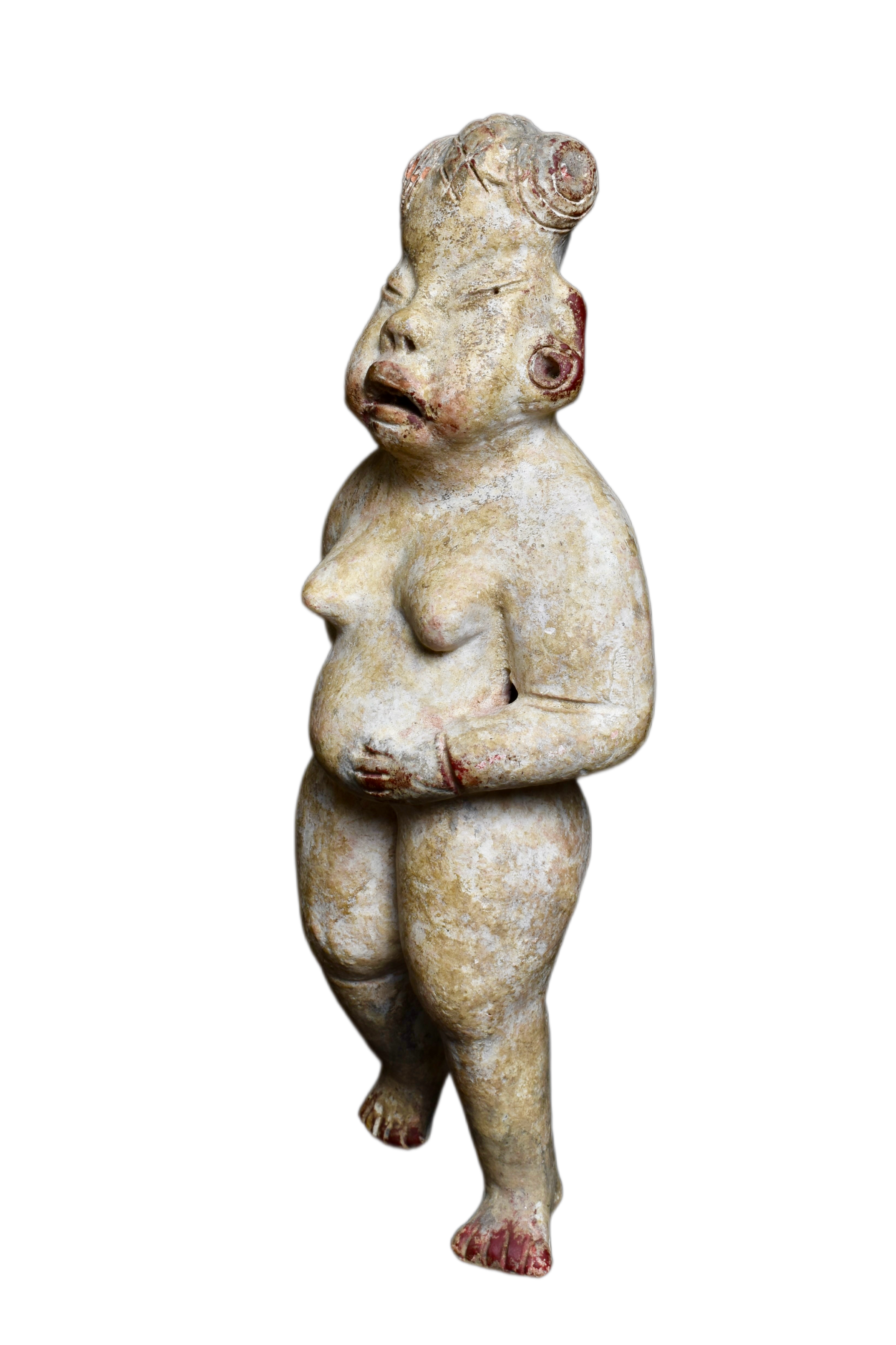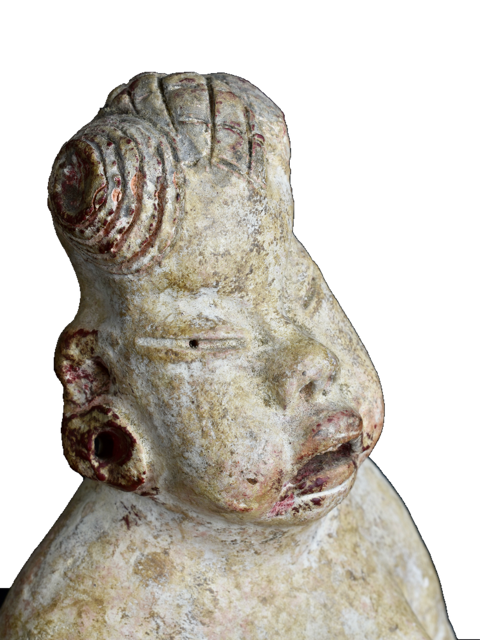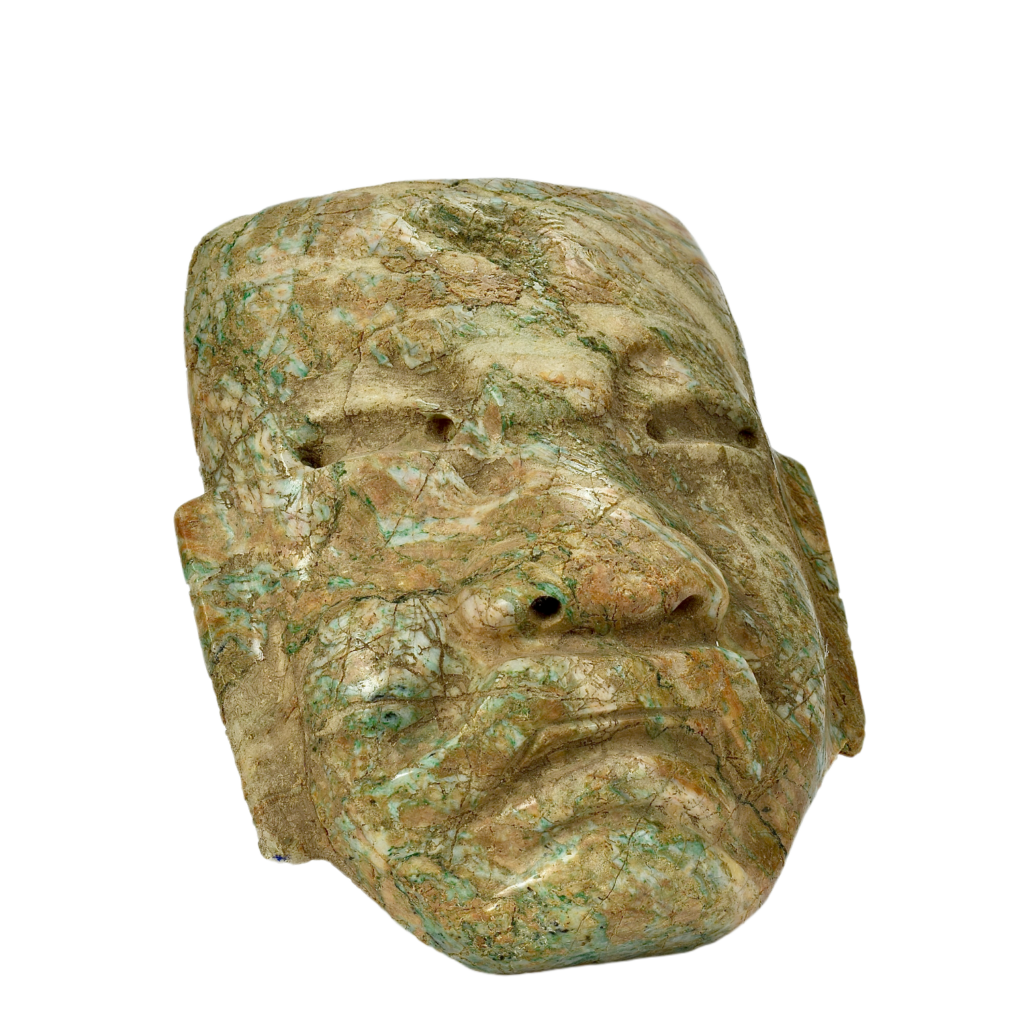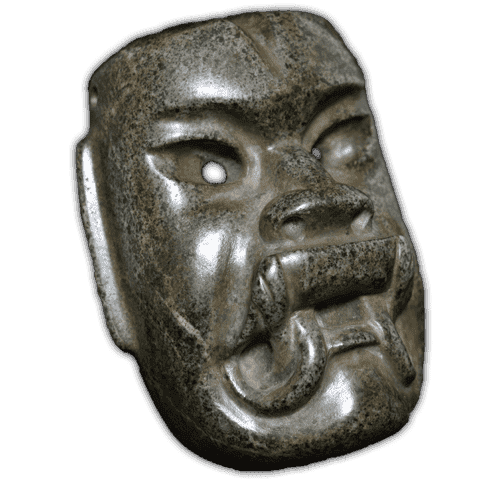Mysterious Olmec Baby Face Figures: An Icon of Ancient Mesoamerica
The Olmec baby face figures are some of the most intriguing artifacts from the ancient Olmec civilization. They are known for their distinctive, infant-like features, which continue to puzzle archaeologists. These small figurines offer a unique glimpse into the art and religious symbolism of the Olmec culture, showcasing their craftsmanship and deep spiritual beliefs.
Origins of the Olmec Civilization
The Olmecs thrived between 1500 BCE and 400 BCE, primarily along the Gulf Coast of present-day Mexico, in Veracruz and Tabasco. Their civilization is recognized for its impressive architectural achievements, large-scale stone monuments, and advanced urban planning. The Olmecs were also pioneers in creating complex religious practices, social structures, and artistic expressions that would influence subsequent Mesoamerican cultures like the Maya and the Aztecs.
Their artistic mastery is evident in the vast array of materials they worked with, including jade, basalt, and ceramics. However, the Olmec baby face ceramics are one of the most iconic representations of their artistic ingenuity.
Physical Characteristics of the Olmec Baby Face Ceramics
The Olmec baby face ceramics are typically small, usually no more than 10 to 30 centimeters in height. What distinguishes these figures is their highly stylized and exaggerated features. They portray human infants with rounded heads, full cheeks, and almond-shaped eyes, often closed or semi-closed, giving them an appearance of serenity or deep contemplation. The faces are plump, resembling a baby’s chubby cheeks, hence the term “baby face.”
The bodies of these figures, however, are often minimalistic. They are either highly stylized or completely absent, leading scholars to focus primarily on the faces for interpretation. Some baby face figures show traces of intricate headgear or jewelry, possibly indicating the infant’s divine or elite status within Olmec society.
While the figures are predominantly made from ceramics, the craftsmanship varies, indicating different techniques. Some were molded, while others were sculpted by hand. The surface of these figurines often has a polished finish, achieved through careful burnishing, and they are sometimes adorned with traces of pigment, suggesting that they may have been painted or decorated post-production.
Symbolism and Purpose of the Baby Face Figurines
The precise function of the Olmec baby face figurines remains a subject of scholarly debate. There are several prevailing theories regarding their symbolic and cultural significance.
1. Religious Significance
Many experts believe these baby face figurines may have held religious or ceremonial importance. The Olmecs are known for their complex belief systems, which included a pantheon of deities and supernatural beings. The distinct features of these figurines—particularly their serene, otherworldly expressions—suggest they may represent divine or supernatural infants. Some have theorized that these figures could be linked to the Olmec maize god or other fertility-related deities, symbolizing growth, nourishment, and abundance.
The infant-like features of the figurines could also signify rebirth or the cyclical nature of life, a common theme in Mesoamerican cosmology. Moreover, the Olmecs held a strong connection to the earth, and fertility was a significant aspect of their worldview. The baby face figurines might have been used in fertility rituals or placed in ceremonial settings as offerings to ensure a successful harvest.
2. Elite or Royal Representation
Another hypothesis suggests that the Olmec baby face ceramics could represent royal infants or elite class members. The Olmecs had a hierarchical society, with a ruling class that wielded significant political and religious power. It is possible that these figurines were commemorative portraits of royal offspring, symbolizing their future role as rulers or priests.
The presence of headgear or ornamental adornments on some of the figurines supports this theory, as these features might indicate the child’s high status within Olmec society. If this interpretation holds, the baby face figurines could have been used in dynastic rituals or as part of ancestral worship practices, symbolizing continuity and power.
3. Shamanistic Connection
Another fascinating interpretation relates the baby face figurines to shamanism. In many ancient cultures, shamans were central in mediating between the human and spiritual worlds. Some scholars propose that the exaggerated facial features of the baby face figurines might depict individuals undergoing a spiritual transformation or journey.
In this context, the childlike appearance of the figures could represent a state of purity or vulnerability necessary for a shaman to communicate with the gods or the underworld. The semi-closed eyes, in particular, might signify a trance-like state, further supporting the shamanistic interpretation.
4. Symbol of Youth and Purity
Finally, the childlike depiction may represent an idealized concept of youth, purity, and innocence, which are valued traits in Olmec culture. The baby face figurines might symbolize eternal youth, embodying the virtues of innocence, renewal, and untainted spirituality.
Archaeological Discoveries and Context
Olmec baby face ceramics have been discovered at several key Olmec sites, including San Lorenzo, La Venta, and Tres Zapotes. These were major Olmec centers renowned for their large-scale architecture, colossal stone heads, and extensive trade networks.
The figurines are often found in domestic contexts, buried in caches, or placed within household altars, indicating that they may have been used in private or family rituals. However, they have also been unearthed in larger ceremonial precincts, suggesting their use in public or communal religious activities.
Interestingly, the widespread distribution of these baby face figurines beyond the core Olmec heartland suggests they were valuable trade items. They have been found as far away as the Valley of Mexico and the Maya lowlands, indicating that Olmec’s influence extended beyond their geographic boundaries. The trade of these figurines likely played a role in disseminating Olmec’s religious and cultural practices throughout Mesoamerica.
The “Were-Jaguar” Hypothesis
One of the most intriguing theories related to the Olmec baby face ceramics is their potential connection to the Olmec “were-jaguar” motif, a recurrent theme in Olmec art. The were-jaguar is a hybrid creature, combining human and jaguar traits, believed to have supernatural or divine connotations like an Olmec jade mask.
Some scholars have proposed that the baby face figurines might be early representations of this motif. The almond-shaped eyes and downturned mouths of the figurines resemble the features of the were-jaguar, leading some to suggest that these figurines depict infant were-jaguars or human-jaguar hybrids. The jaguar was a powerful Olmec cultural symbol associated with kingship, strength, and shamanistic transformation.
If the baby face figurines are indeed connected to the were-jaguar tradition, it would further emphasize their religious and supernatural significance, linking them to the Olmec pantheon of gods and mythical beings.
Cultural Legacy and Influence
While the Olmec civilization eventually declined around 400 BCE, their artistic and religious traditions lived through subsequent Mesoamerican cultures. The concept of infant-like figures and the stylistic elements seen in the baby face figurines can be observed in later Mesoamerican art, particularly among the Maya and Aztecs.
The Olmecs’ unique ability to convey profound spiritual meaning through their art, particularly in these ceramic figurines, showcases their role as cultural innovators. Their baby face ceramics serve as a testament to their understanding of the human condition, spirituality, and the connection between the physical and supernatural worlds.
Conclusion
The Olmec baby face ceramics offer a fascinating glimpse into the artistic and spiritual world of the ancient Olmecs. These small yet profound figurines encapsulate the complexity of Olmec religion, society, and symbolism. Though much remains unknown about their precise function, they continue to captivate scholars and enthusiasts alike.
The Olmec baby face figurines are valuable archaeological artifacts and cultural symbols that reflect the depth of Olmec artistry and their influence on Mesoamerican history. Whether as representations of divine infants, royal offspring, or shamanistic transformations, they stand as enduring icons of one of the most enigmatic civilizations of the ancient world.
Olmec Green Stone Masks: Symbolism and Ritual Significance
Understanding Manganese Dendrite Formation on Stone and Pottery




